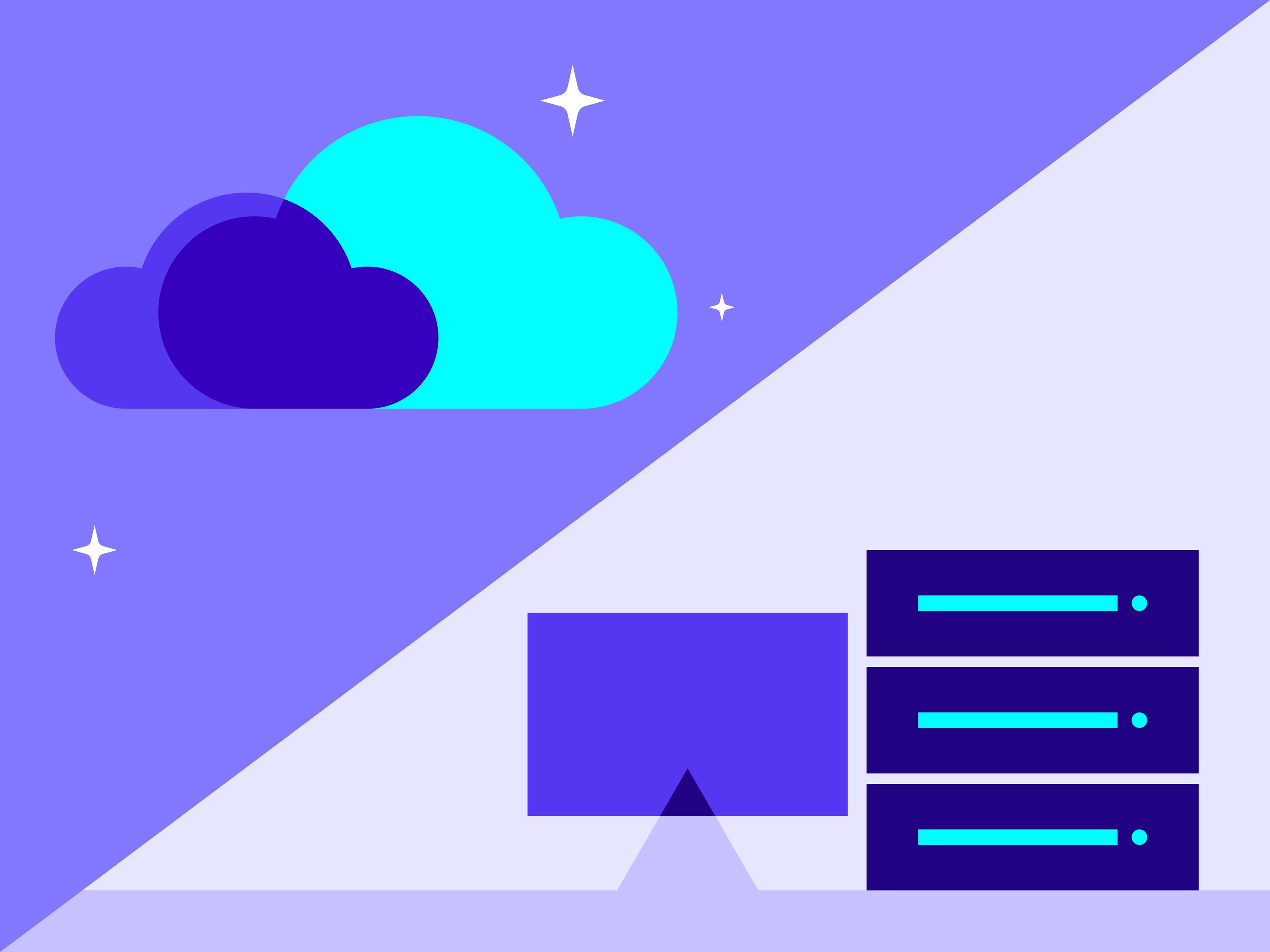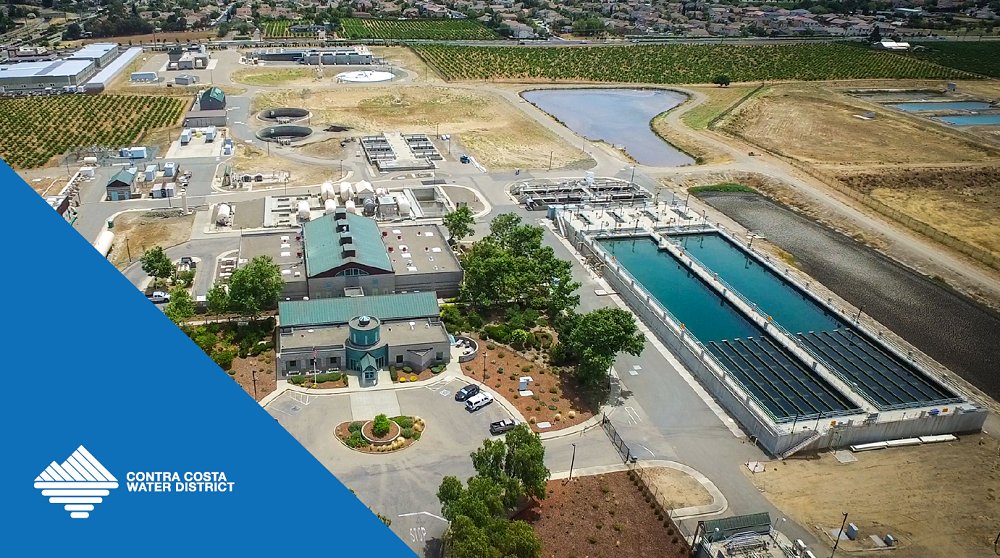Wastewater-based epidemiology is a scientific field that’s surged in popularity during the COVID-19 pandemic.
Researchers have used wastewater to predict surges before they happen — a breakthrough that’s helped governments focus on preparation instead of reaction.
And it isn’t limited to COVID. Once the pandemic becomes endemic, researchers will still be on the hunt for pathogens that can cause issues for public health. In the best-case scenario, scientists could catch the next pandemic before it happens.
But the strategy requires gathering and sorting through huge amounts of data. That presents privacy and data management issues for utilities to overcome. We spoke with two experts about the possibilities of wastewater-based epidemiology, and what utilities should be doing now to prepare.
What Is Wastewater Epidemiology?
Think of wastewater-based epidemiology as reading tea leaves, but grosser.
Scientists take samples of human waste and analyze them for pathogens, like the virus that causes COVID-19. Researchers can then use the data to predict surges based on trends in where the pathogen is found and how much of it is there.
That allows local governments to ramp up public health measures like expanding health-care facilities and instituting mandates like masking or lockdowns.
The International Effort to Track COVID Using Wastewater
Most people have learned about wastewater epidemiology through the pandemic. Researchers’ ability to predict COVID trends has led to the field’s expansion.
Some public health officers have found it’s less helpful in their municipalities, though they’re sometimes not sure why. In a sign of the field’s still-emerging status, experts have debated just how much wastewater sampling can tell us about COVID.
In the United States and Canada, and many other jurisdictions, wastewater sampling decisions lie with local governments, limiting the data’s scope. But projects like COVIDPoops19 show the method’s worldwide spread and a glimpse of what it could become.
Its creator, University of California Merced professor Colleen Naughton, said she hopes every city in the world will eventually have its own wastewater epidemiology outpost — though she noted it’ll take a while to get there. Even though it’s cheaper than individual testing, “it still requires resources and … utility-level sampling, and then courier services, and then labs to analyze it,” she said.
What Could Wastewater Epidemiology Be Used for in the Future?
Some experts believe COVID tracking is just the beginning.
Naughton noted that the method was used to track polio outbreaks in the past. The U.S. Centers for Disease Control and Prevention (CDC) now hopes to catch influenza, norovirus, fungal infections, hepatitis A and B, and antimicrobial-resistant (AMR) pathogens — bugs that have evolved to be resistant to antimicrobial drugs.
“We've had large hepatitis A outbreaks in California and Michigan, so it would have been nice to have more of a warning system about that,” she said.
Experts have long warned of AMR “superbugs” that could ravage the world in a similar — or worse — way to COVID-19. Wastewater epidemiology could potentially identify them before they spiral out of hand.
Wastewater testing could also be tested for opioids and other illicit drugs to combat the overdose epidemic, Naughton said.
Future-Proof Your Sampling Operation With Klir
Interested in learning how better data management can help you run more effective sampling programs? Book a demo of the Klir sampling module today.

What Challenges Will Wastewater-Based Epidemiology Create for Drinking and Wastewater Utilities?
Naughton and epidemiologist David Larsen raved, unprompted, about partnering and working with wastewater treatment plants.
“They don't get a lot of recognition for their important role,” Naughton said. “We go to the treatment plants and they're always running around, you know, the phone’s ringing off the hook, and they're like, ‘Yeah, sure, we'll take an extra sample for you.’ It's just been amazing what they've done to help. So we really appreciate it.”
Plant operators are “really excellent people,” Larsen said. “They're a huge contributor to this public health initiative. And so I'm just really glad to be working with them and they've been great so far.”
Clearly, utilities are doing something right. But for those that want to get ahead of the game as wastewater testing expands in the coming years, the professors had some tips:
Equipment and Staffing
Some water utilities have absorbed extra epidemiological sampling requirements with ease. But others — especially rural and smaller plants — don’t have the equipment, time, or staff to spare, Naughton said.
Some that can only do a grab sample once per day have tried to time it with the morning flush to get the most data, Naughton said. But the “gold standard” of 24-hour composite sampling yields more complete data, Larsen said.
Naughton recommended small utilities keep an eye out for programs like the one from the CDC and Water Environment Federation (WEF) where they could apply for free autosamplers.
Smaller plants will also have more difficulty hiring enough people to carry out the sampling, then shipping it off, Larsen said.
Lots of government grants are going to labs for analysis — but more cash should be flowing to utilities to hire more staff to carry out the increased sampling load, Naughton said. Public health is “chronically underfunded,” Larsen said, adding that any increased burden shouldn’t come out of utilities’ budgets.
Coordination With Researchers
Scientists analyzing wastewater samples rely on utilities’ knowledge of their systems, the experts said. Things like the amount of industrial waste the facility processes, or how much salt is used on the roads in winter can make a big difference to sampling, Naughton said.
“So when we see things that are weird with the data, they can be like, ‘Oh, that clarifier went offline then, or we had this industrial flow,’” she said.
Developing those relationships is critical to a smooth working partnership, Larsen said.
“Know who the epidemiologists are and know who the environmental epidemiologists are,” he said.
Naughton added that she invites utilities she works with to meetings so they can ask questions and engage with public health departments.
Data Privacy
Health data is a sensitive topic, and utilities need to make sure security is top-of-mind.
As the population sample decreases, the privacy risk increases, Larsen said. Sampling for COVID-19 and other illnesses at a city level can’t put any individuals’ or groups’ data at risk. But what data is made public from sampling at smaller levels must be considered thoughtfully, the experts said. Generally, sampling becomes a data privacy risk at under 3,000 people, Naughton said.
“It's public information that public money is going towards… so you should see that data. But we do need to be sensitive to how that data is shared and what it's used for, and if it's targeting communities more than helping communities,” she said.
Larsen recommended reading the World Health Organization’s guidelines on public health surveillance. Arizona State University has also studied the field’s privacy implications.
And if local public health units opt to sample for drugs, Naughton said it should be to find out which neighbourhoods need more support — not to increase incarceration or otherwise punish communities.
Homework
Fortunately, there’s lots of reading on wastewater-based epidemiology for utilities to do — potentially an “overwhelming” amount, Naughton said.
She pointed to resources from the Canadian Water Network as a great starting point. Videos like the WEF’s that show what happens to samples can be helpful for utilities as well, she said.
“Our plants love seeing the data, and getting it back, and (knowing) that it's being used for something,” she said.
Better Data Management Can Help Utilities Better Prepare for Wastewater Epidemiology
Wastewater epidemiology requires sampling large amounts of data. Klir's sampling module allows you to stay on top of it all, so you can be ready when researchers come knocking.

.svg)
.svg)




.svg)
%201%20(1).svg)